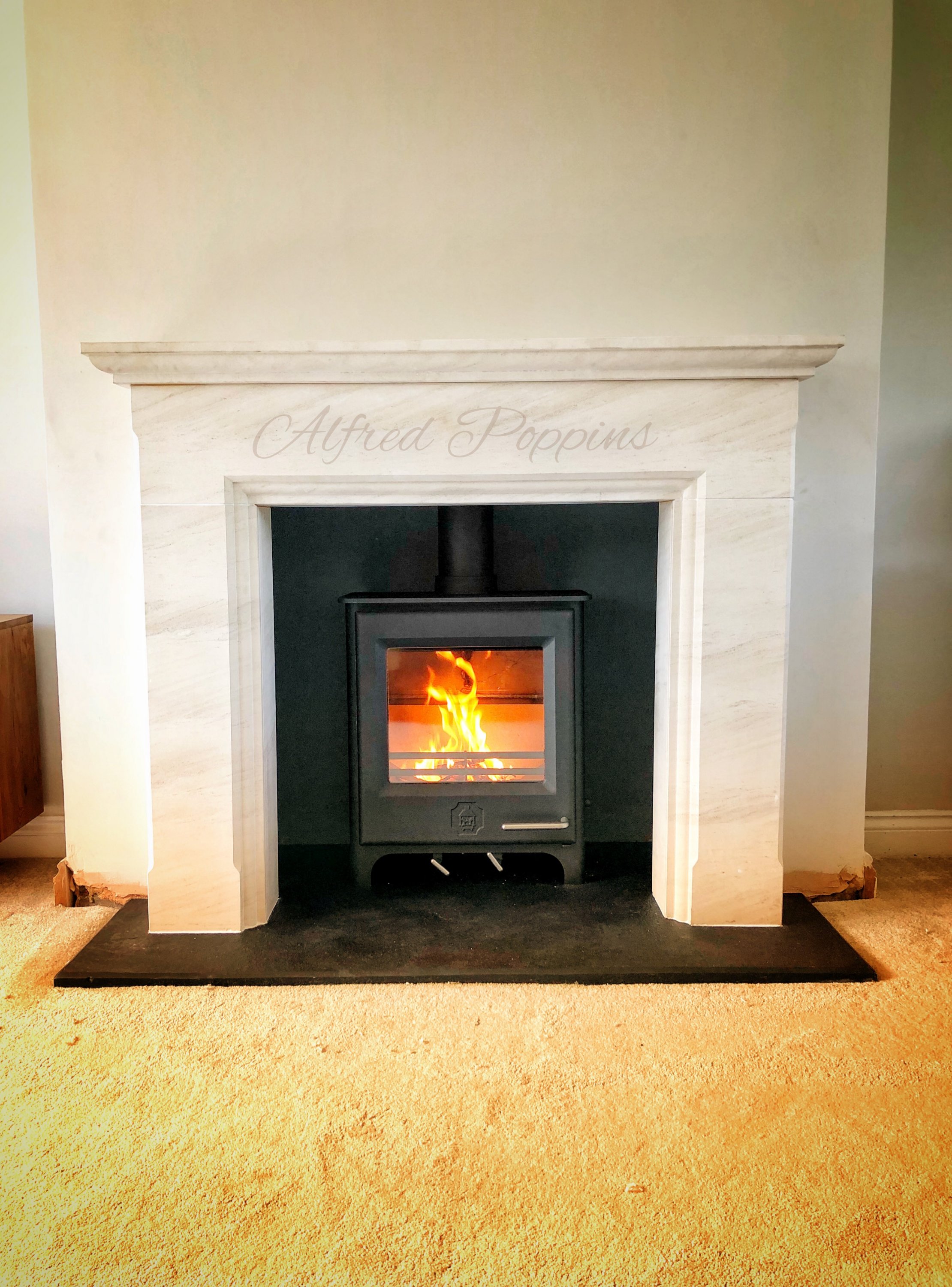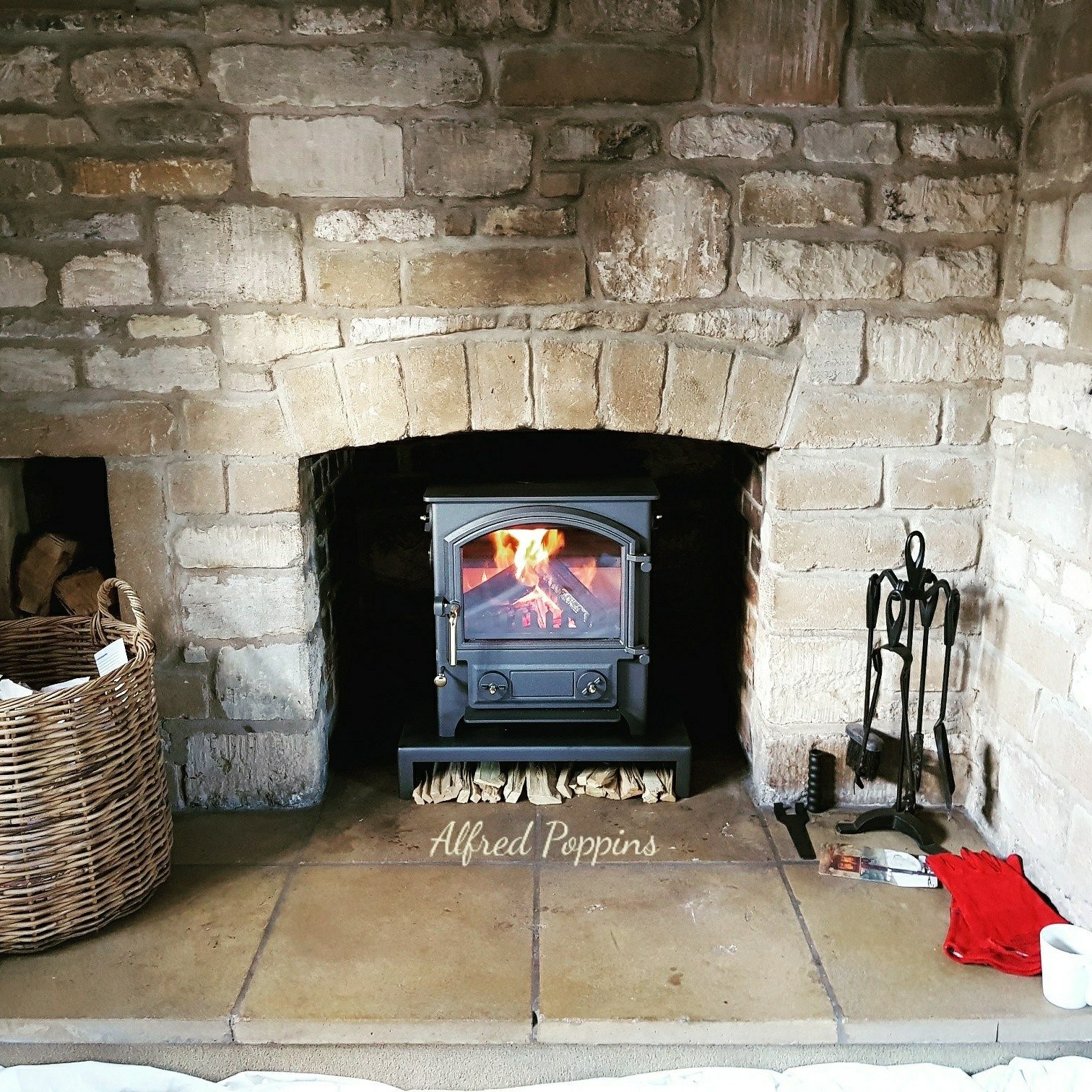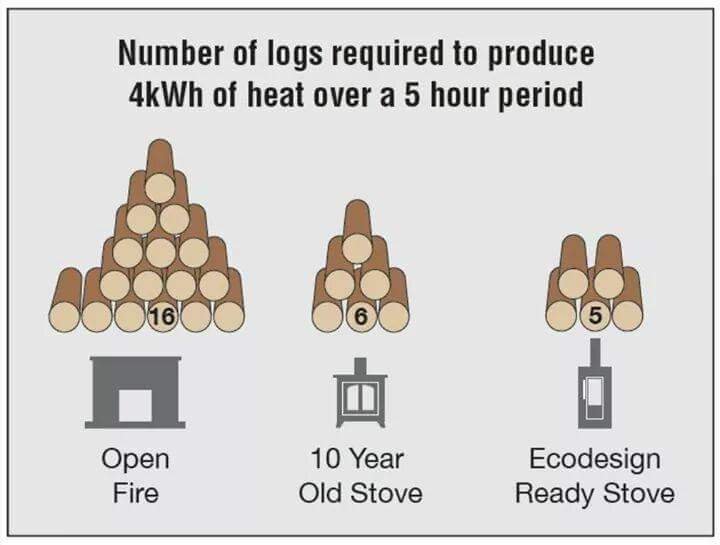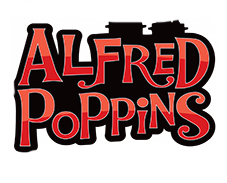environmental stove
The Government has introduced a certification for stoves that meet green standards. These appliances, soon to be the only available in stores, are labelled with an “ecodesign” sticker and have improved air circulation that burns more cleanly.
As well as looking for this sticker, check the efficiency rating and emissions level on your stove. If you live in a smoke-controlled area, like London, the only stoves you can legally buy are DEFRA-approved smoke exempt ones, which have been tested for emission levels during all stages of normal operation.
All of the main stove manufacturers now make all of their stoves green. Some brands to look out for are Woodwarm, Town & Country, Clock, Cleanburn and other DEFRA approved models.

Upgrade to an eco-friendly model
If your stove is 10 years old or more, you should seriously think about replacing it.
Stoves available on the market now release 90 per cent fewer emissions than open fires and 80 per cent fewer than the stoves of 10 years ago, he adds. Newly designed stoves are also 80 per cent efficient, increased from 60 per cent in 2008, meaning new owners get more heat for their money.
Unfortunately, it is difficult to make older stoves cleaner, You can retrofit filters, but they’re very expensive and not really proven technology.

Burn dry wood
There are a couple of measures you can take if you already own a stove to make wood-burning more environmentally friendly.
The best thing to do if you have a stove is to ensure you’re burning dry wood. It will cut the emissions and give you more heat.
Garage forecourts, garden centres and DIY stores have started selling Government-approved “ready-to-burn” wood, which contains just 20 per cent moisture. Soon, this could be the only wood available.

.
If you cut a tree down today it will be around 60 per cent moisture.
To get to a point where it is safe to burn, cover the wood and leave the sides open, so the wind can dry it, then wait for around two years.
Regularly sweep your chimney
Clearing chimneys of soot can help make the smoke that leaves houses cleaner – not to mention help prevent the several thousand chimney fires each year.
We would recommend getting your chimney swept at least once, if not twice, a year. Certainly clean it before the start of the heating season. Some sweeps say up to four times a year, but that’s not always necessary.”
And as chimney sweeps operate independently from stove makers, they are often a good source of advice on the best stoves to buy and how to make those already-owned more environmentally friendly.
At Alfred Poppins Stoves & chimney sweeping we are always on hand to offer advice on how you can heat your home efficiently and safely.

We stock a large range of eco-friendly DEFRA approved stoves in our Stamford store.

